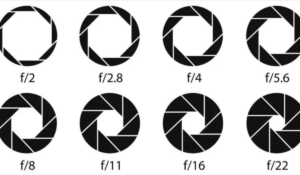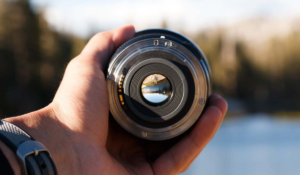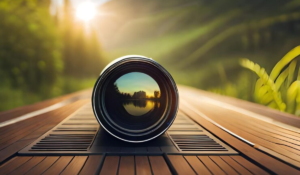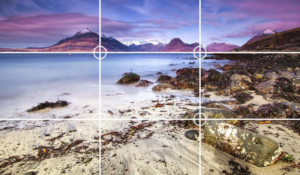Aperture in Photography: A Complete Guide

Aperture, a fundamental concept of photography, is crucial in controlling the exposure, depth-of-field, and overall quality of an image. Photographers of all levels must understand aperture and its interaction with other aspects of photography. This comprehensive guide will explore the many aspects of aperture and its practical applications.
Aperture Basics

The aperture of a lens can be controlled to regulate the amount and direction of light that enters the camera. This opening is expressed by f stops or f numbers, where lower values indicate wider openings while higher values indicate narrower ones.
Aperture (or exposure):

The aperture size has a direct impact on exposure. Apertures with a lower f-stop number allow more light into the camera, which results in brighter images, while apertures with a higher f stop number restrict light and result in darker exposures.
Depth of field:

The depth of field is one of the biggest effects of aperture. Narrower apertures result in a greater depth of focus where a larger portion of the image appears sharp.
The Exposure Triangle
The exposure triangle is composed of three elements: shutter speed, ISO and aperture. Understanding the interaction between these three factors is essential for producing well-exposed photos.
Technical Elements

Each f-stop represents a half or double of the light. Different lenses can also have different optimal apertures to achieve sharpness and quality of image.
Useful Applications
Photographers must know how to use aperture in various situations. Landscape photography can benefit from narrower openings to maximize depth-of-field, while portraiture often uses wider apertures to create pleasing background blur.
Considerations for specific scenarios:

Understanding the impact of aperture settings on different types photography such as macro, sports or still life photography allows photographers to make informed choices based on both their creative vision and technical needs.
Sunburst effect:
Try experimenting with narrow apertures to create striking effects such as the starburst and sunburst, which can add visual interest to landscape or sunset photos.
Continuous Learning:
To master aperture, you must experiment and practice. To unlock the creative potential of aperture control, photographers are encouraged to experiment with different aperture settings and analyze their effect on depth of field and exposure.
Understanding aperture allows photographers to have greater control over images. They can unleash endless creative possibilities, and improve the quality of photography. Mastering this fundamental element of photography allows photographers to capture images that showcase their artistic vision.



